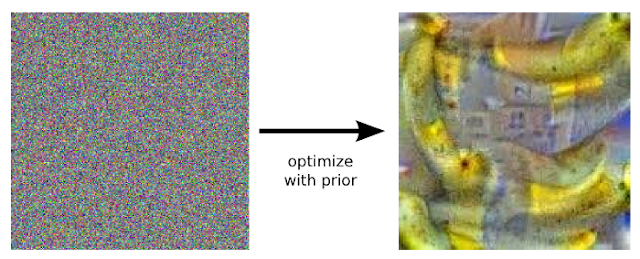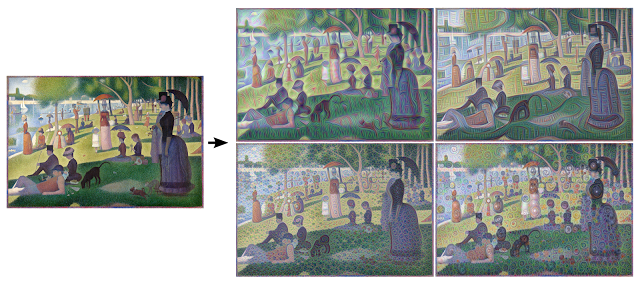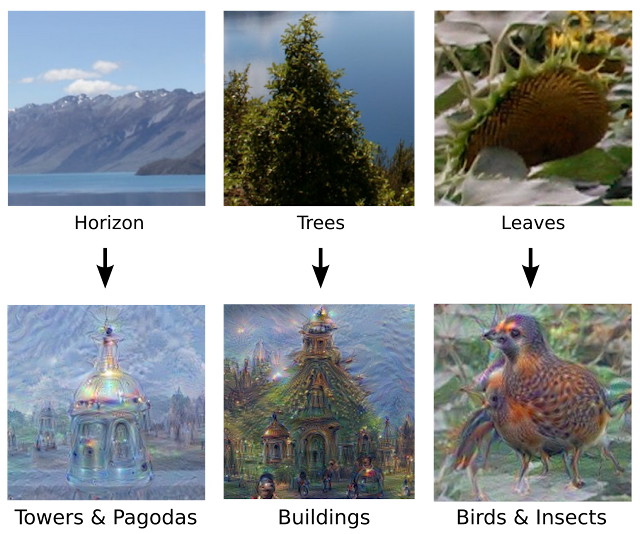As reported in MIT Technology Review “Google DeepMind Teaches Artificial Intelligence Machines to Read” and pointed out by an attentive and informed friend, researchers from University of Oxford and Google Deepmind: Karl Moritz Hermann, Tomas Kocisky, Edward Grefenstette, Lasse Espeholt, Will Kay, Mustafa Suleyman, Phil Blunsom published a paper showing progress in Machine Learning techniques to help computer reading comprehension of meaning.
Deep learning applied different models such as Neural Network and Symbolic Marching to act as reading agents. Agents would then predict an output in form of abstract summary points.
Supervised learning used market, previously annoted data from CNNonline, Daily Mail website and MailOnline news feed.
Here’s the abstract as published:
“Teaching machines to read natural language documents remains an elusive challenge.
Machine reading systems can be tested on their ability to answer questions
posed on the contents of documents that they have seen, but until now large scale
training and test datasets have been missing for this type of evaluation. In this
work we define a new methodology that resolves this bottleneck and provides
large scale supervised reading comprehension data. This allows us to develop a
class of attention based deep neural networks that learn to read real documents and
answer complex questions with minimal prior knowledge of language structure.”
read full paper









